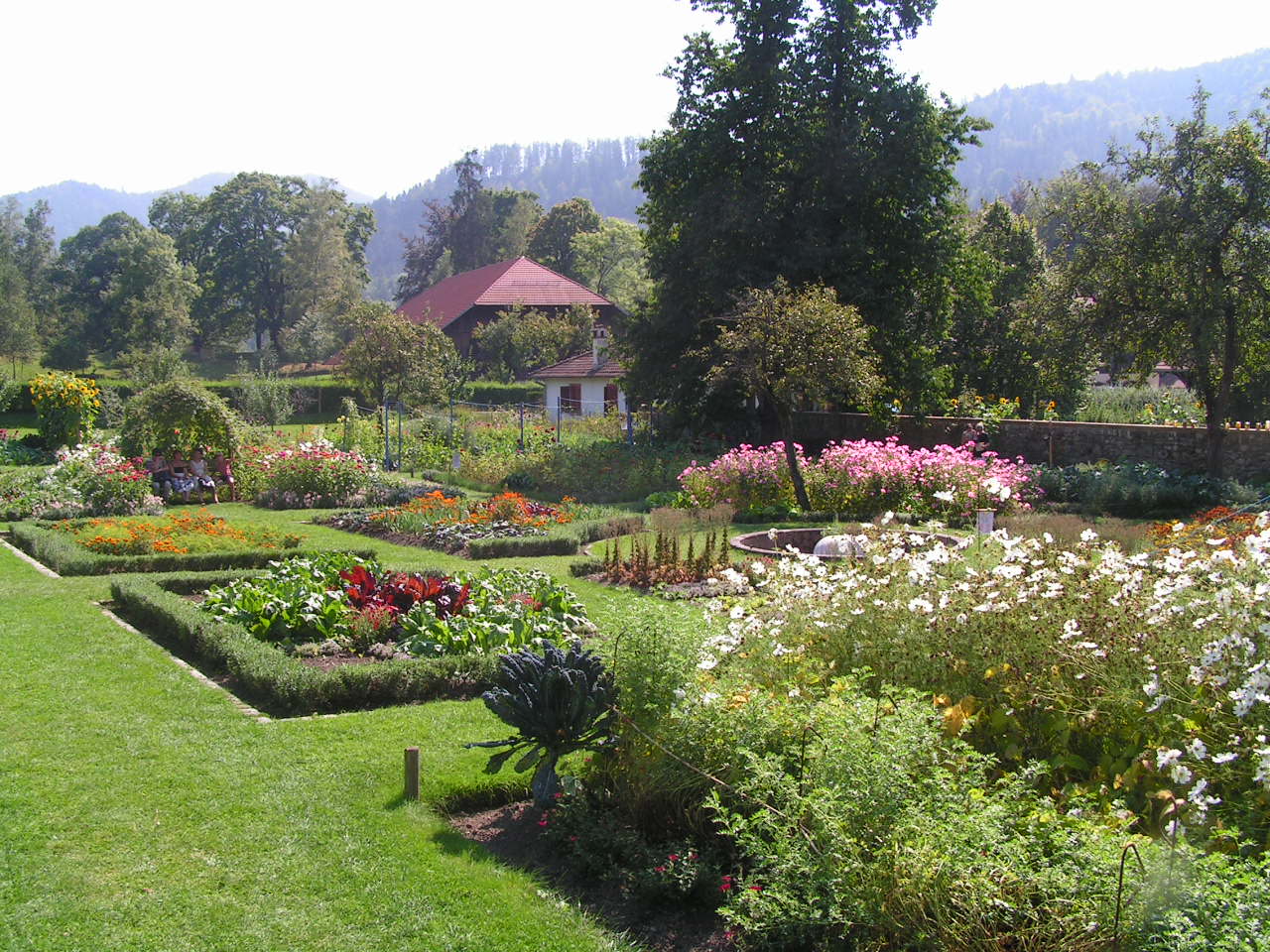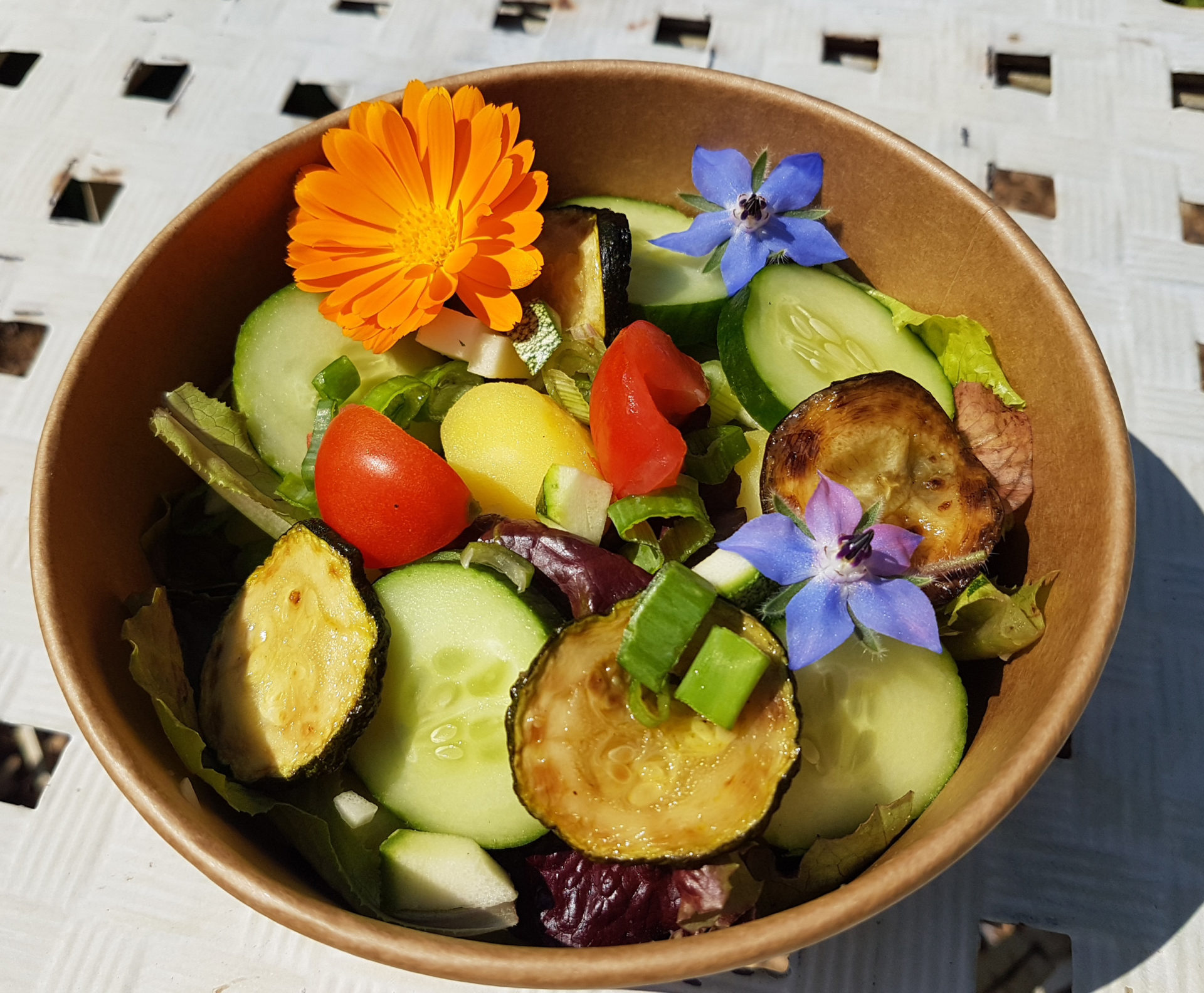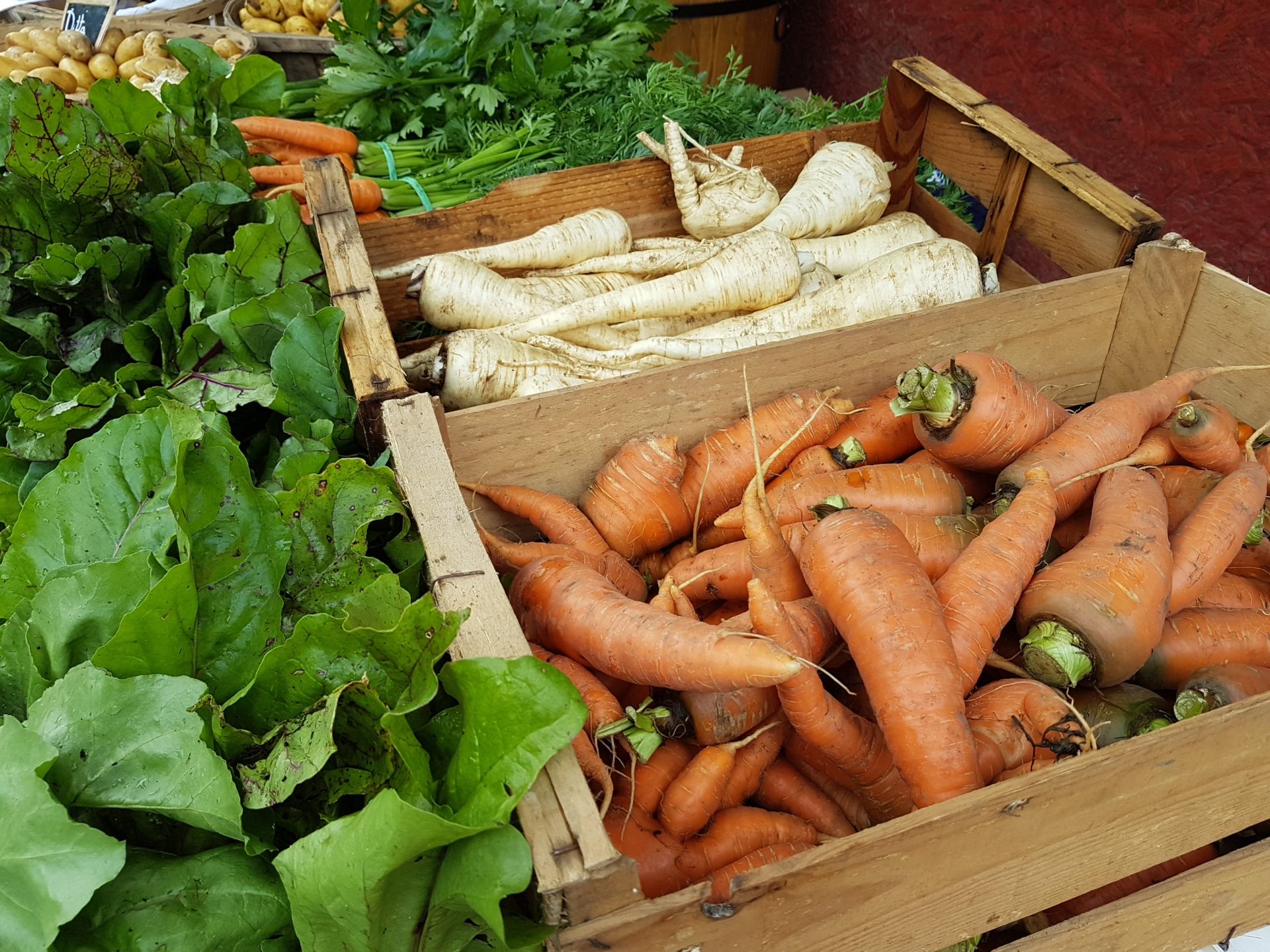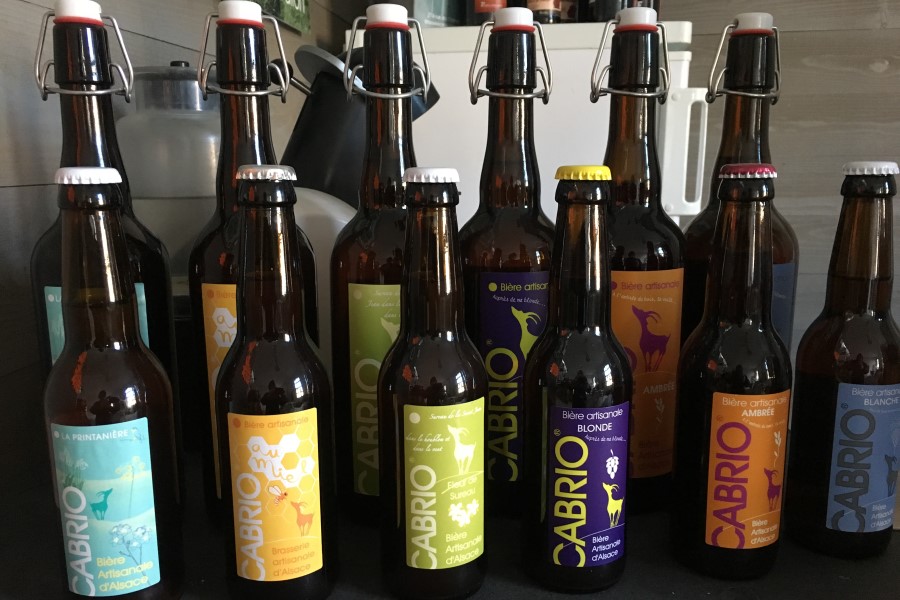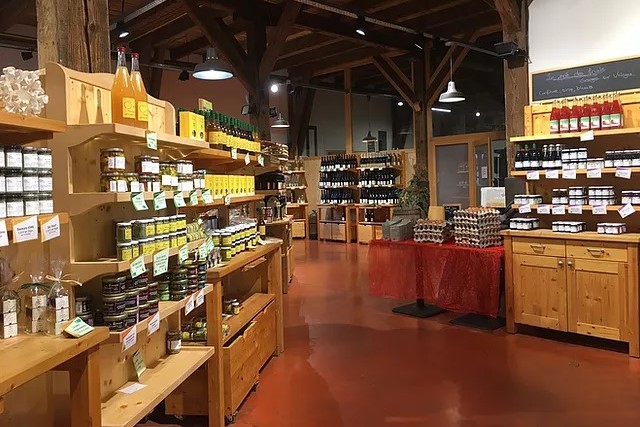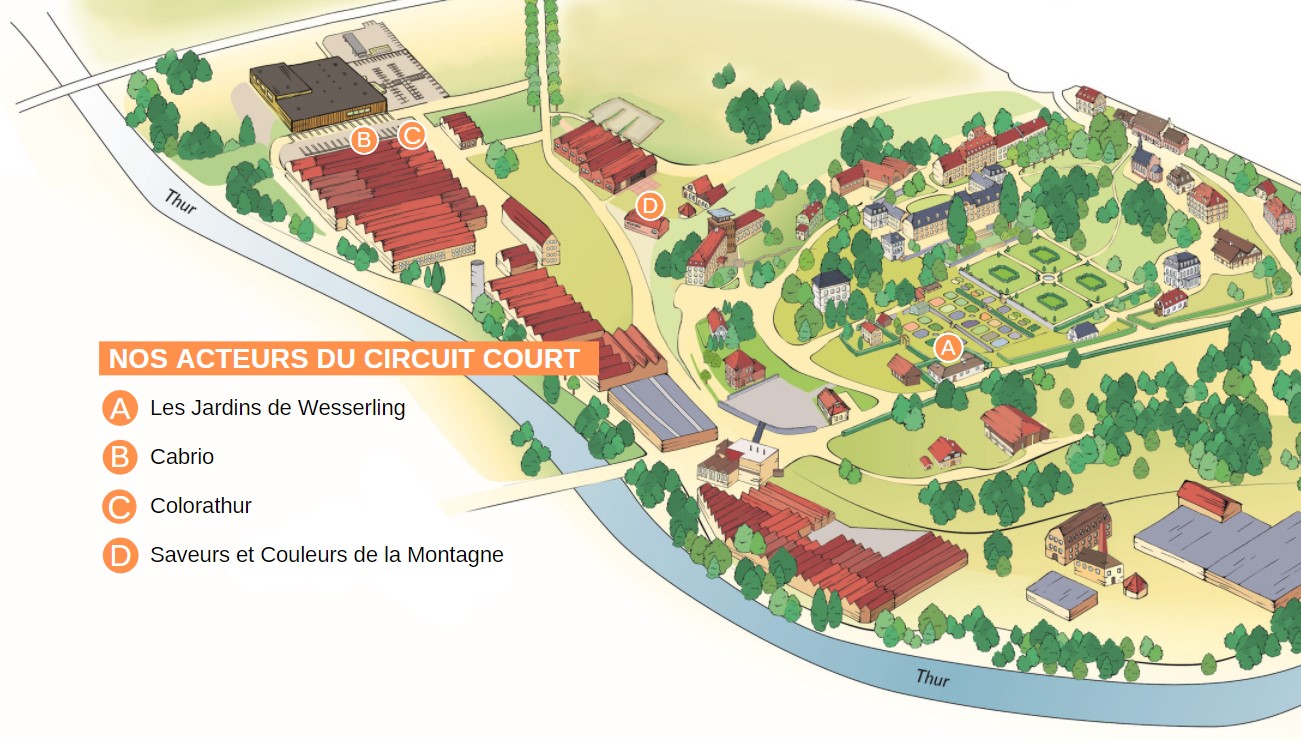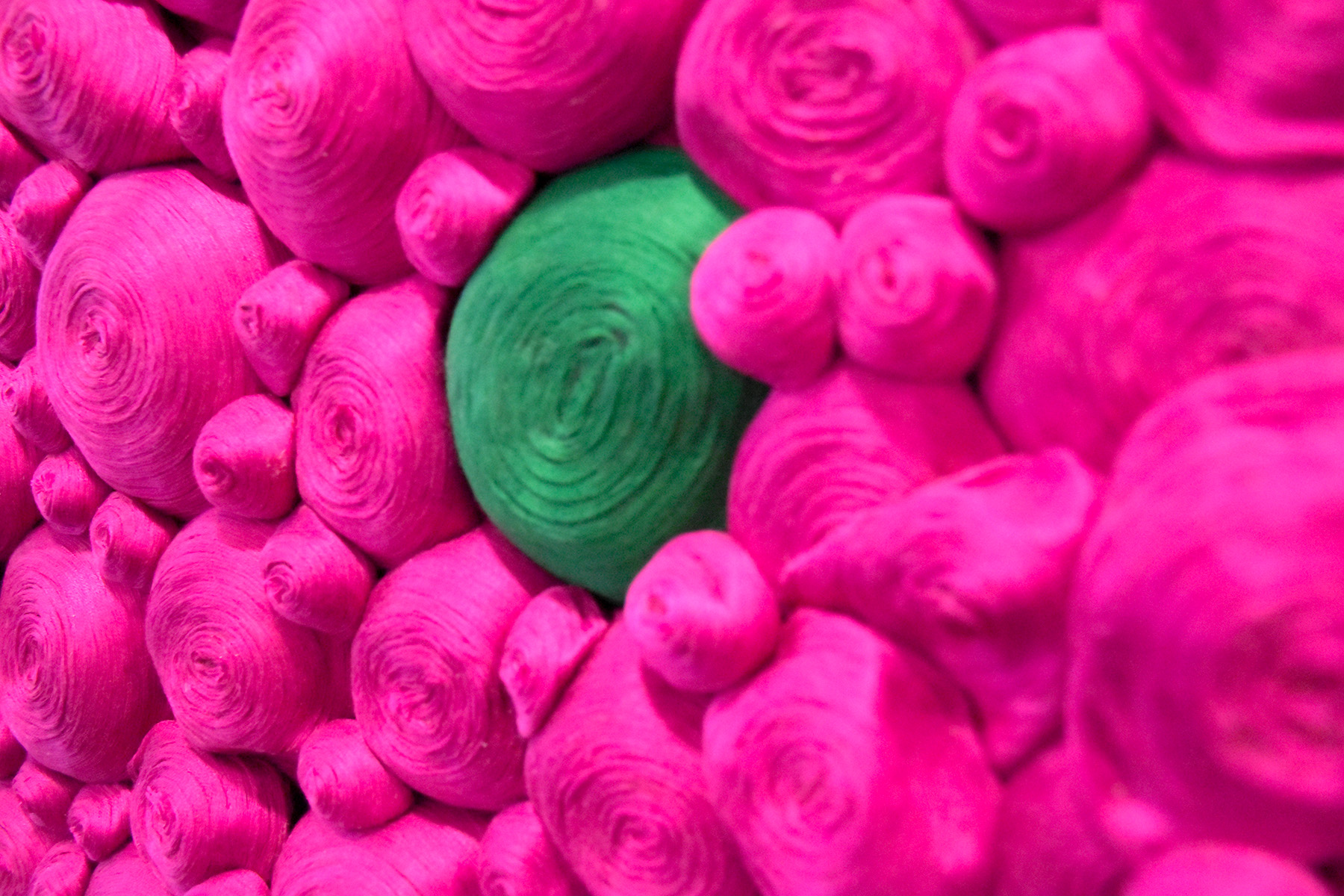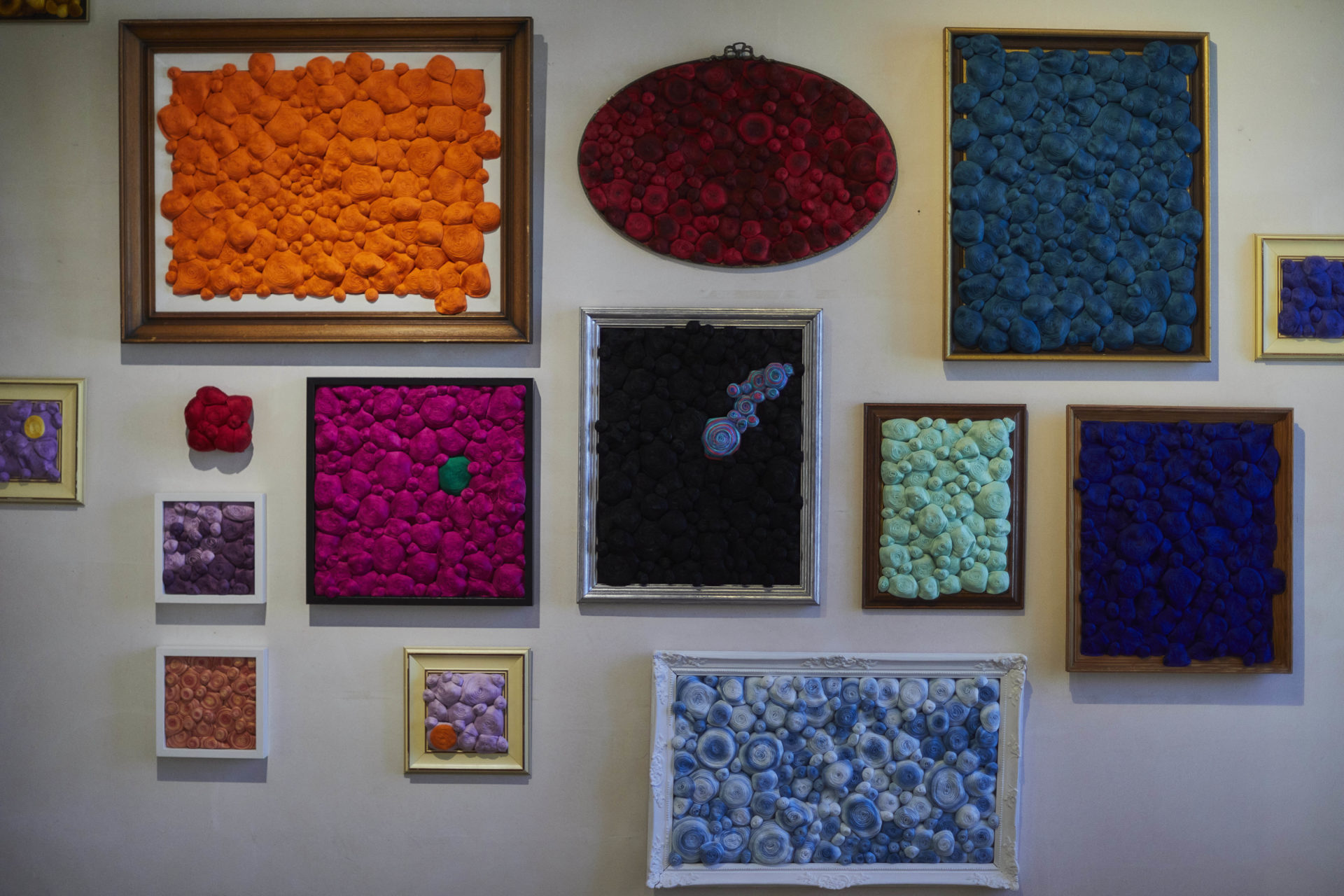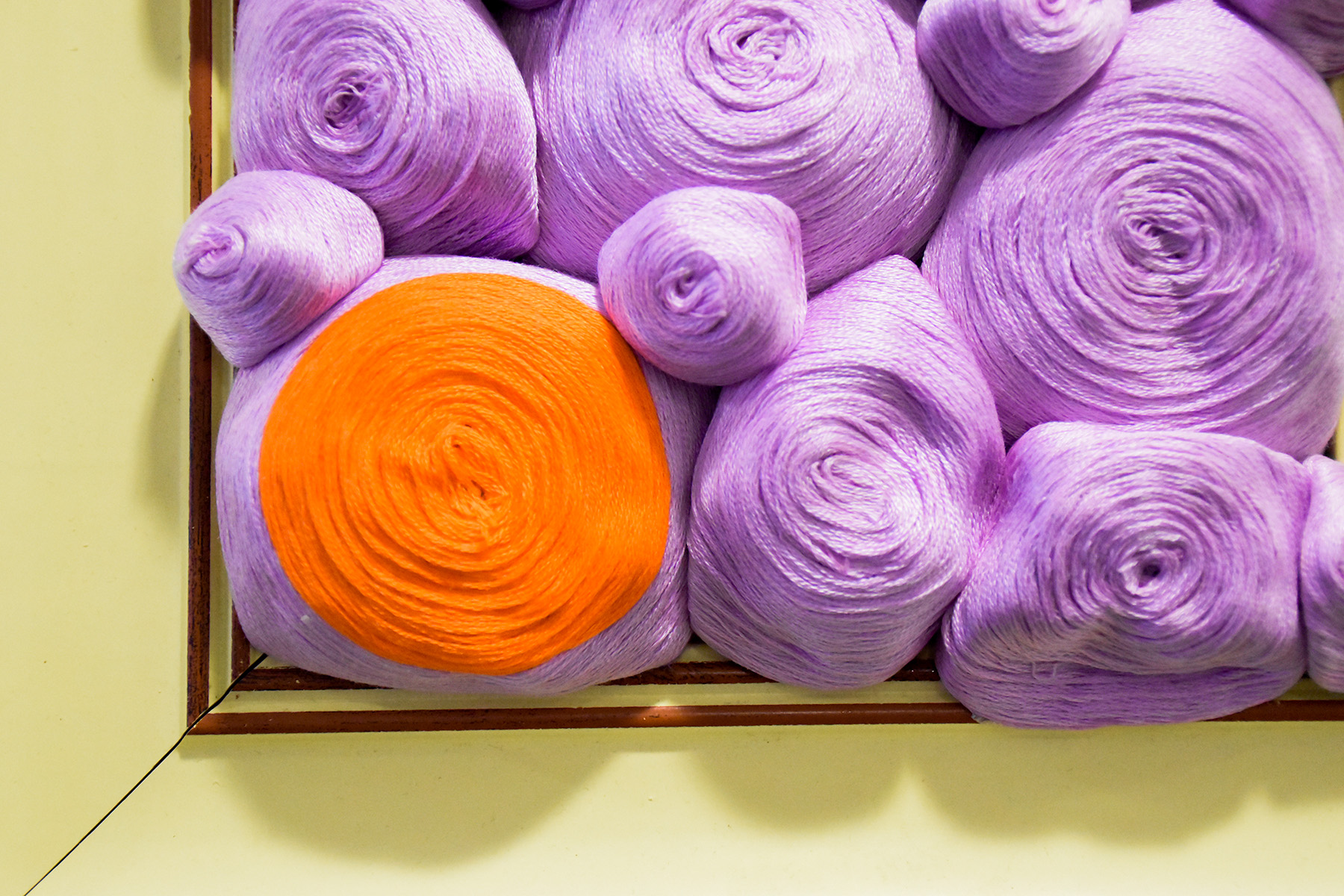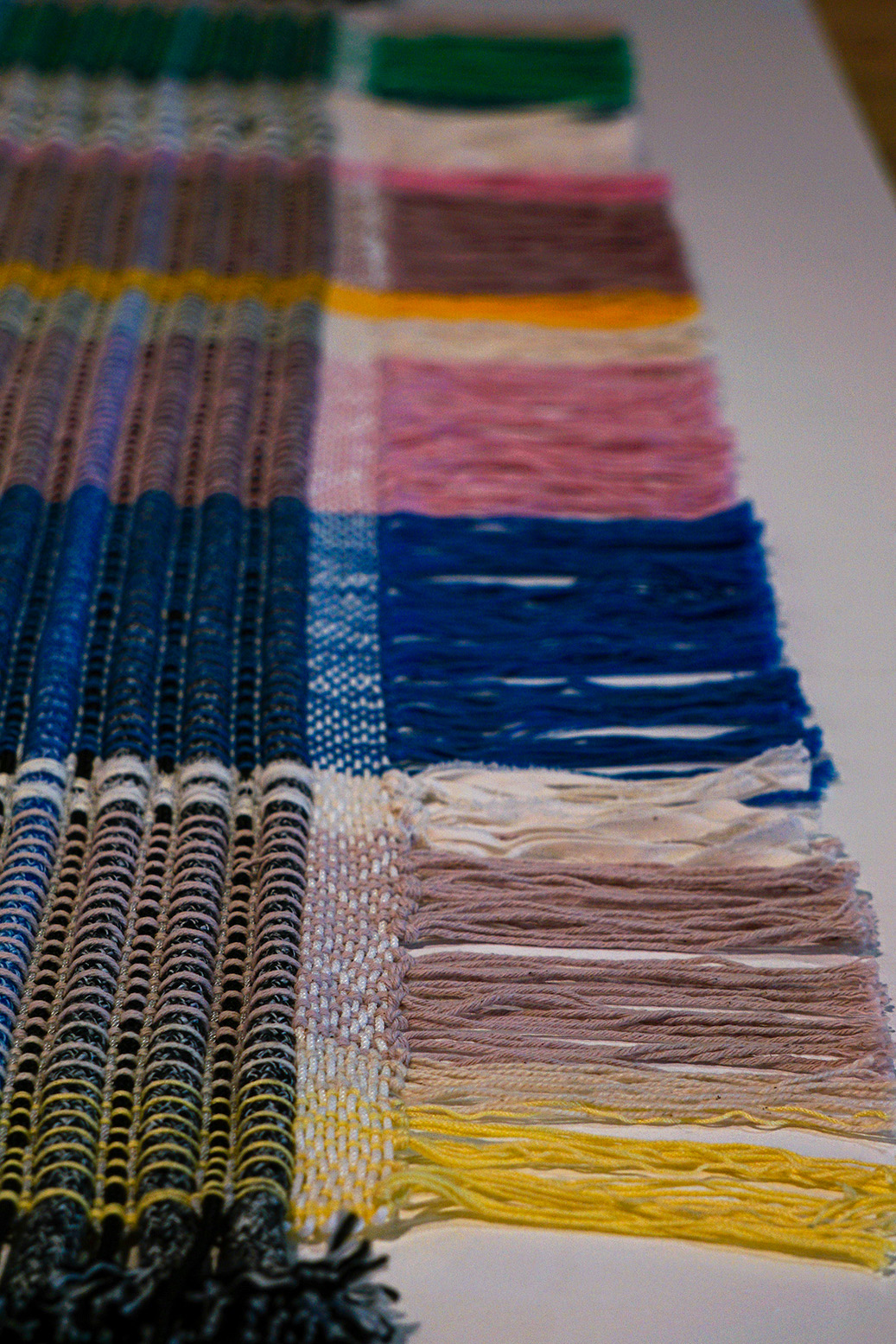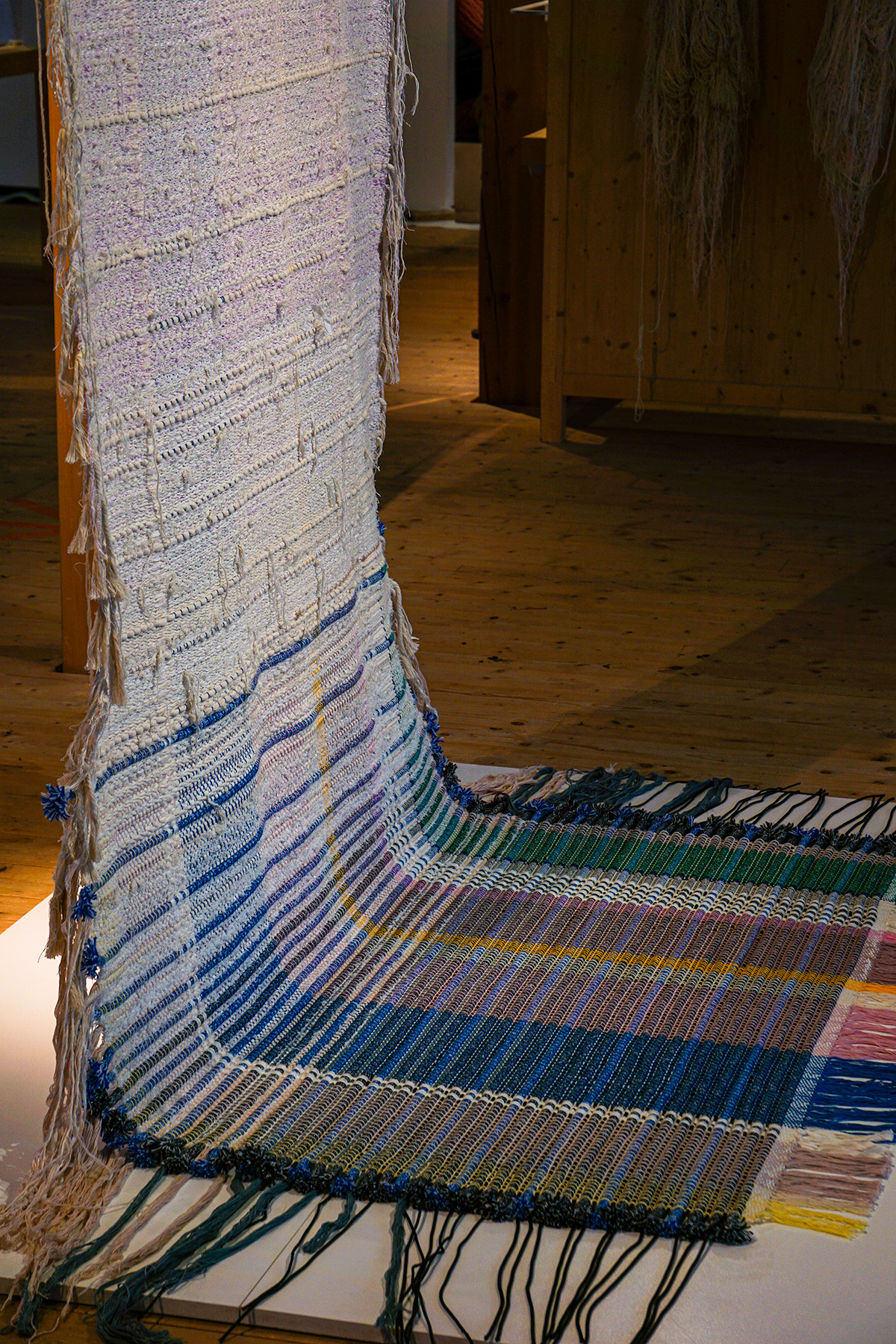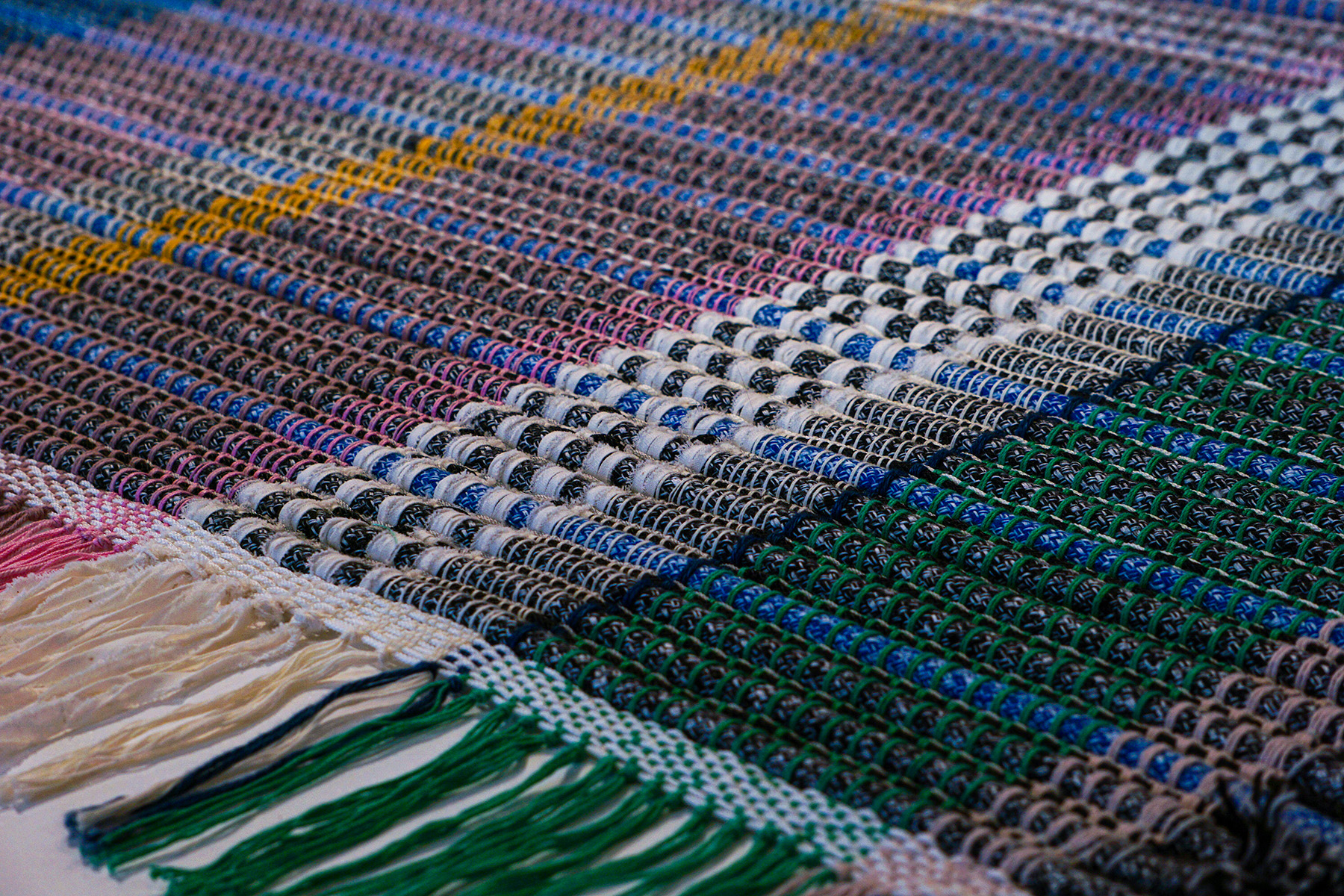Launch of a call for donations
The Heritage Foundation, jointly with the Community of municipalities of the Saint-Amarin Valley and the Association for management and guidance of the Wesserling Textile Park, is launching a call for donations for the renovation of a rare heritage complex: the former thermal power plant, the turbine room and the laboratory of the former Wesserling textile factory.
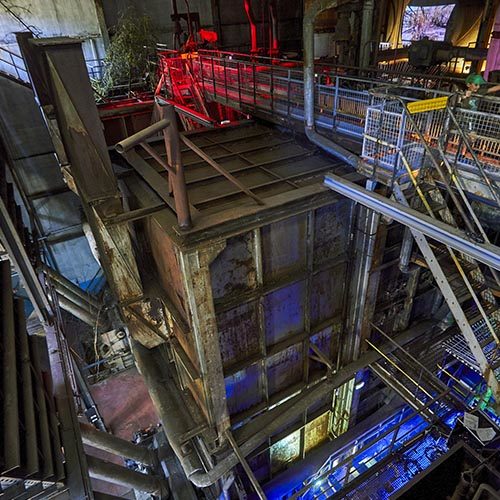
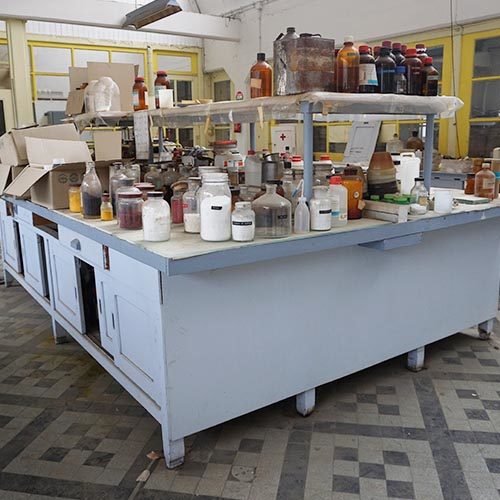
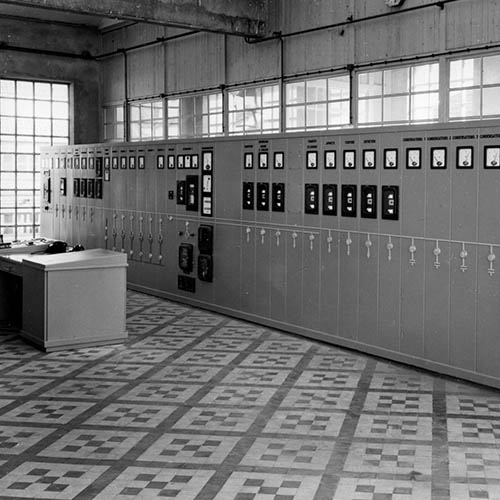
Reminder of the overall project
The overall project consists of creating a coherent ecomuseum visit following its own path, over the entire site, starting from the renovated castle. The discovery will be more complete, richer and therefore more attractive. Tourist attendance targets 150,000 visitors per year starting in the early years. This will produce strong positive impacts on the local economy.
Three centuries of industrial history can be discovered through an exceptionally well-preserved European heritage. Wesserling Park is one of the rare European industrial sites able to introduce its audiences to the different historical, social and technical strata of the textile industry from the 18th to the 21st century. And this on nearly 41 hectares of land including buildings totaling 80,000 m².
A new route showcasing this fabulous industrial history is being developed for visitors to soak up the rich history of Wesserling from the 18th century to the 21st century. Five visitor centers have been emphasized to allow the exploration of this regional textile history along a high quality journey on its own site.
A 1 km “initiation and fun” walk allows you to discover the 5 ecomuseum centres. It begins with the ascent to the castle, then with a visit of the castle, the beautiful gardens, the farm, the large thermal power plant and finally the laboratory. After this fun and educational journey, visitors are invited to discover the gift shop and the turbine café, located in the old turbine room next to the power plant. At the end of this immersive journey, is the picturesque little passage of the “boulevard des Italiens” along the Thur-river where you will be told the recent history of Wesserling, that of its renovation during the beginning of the 21st century.
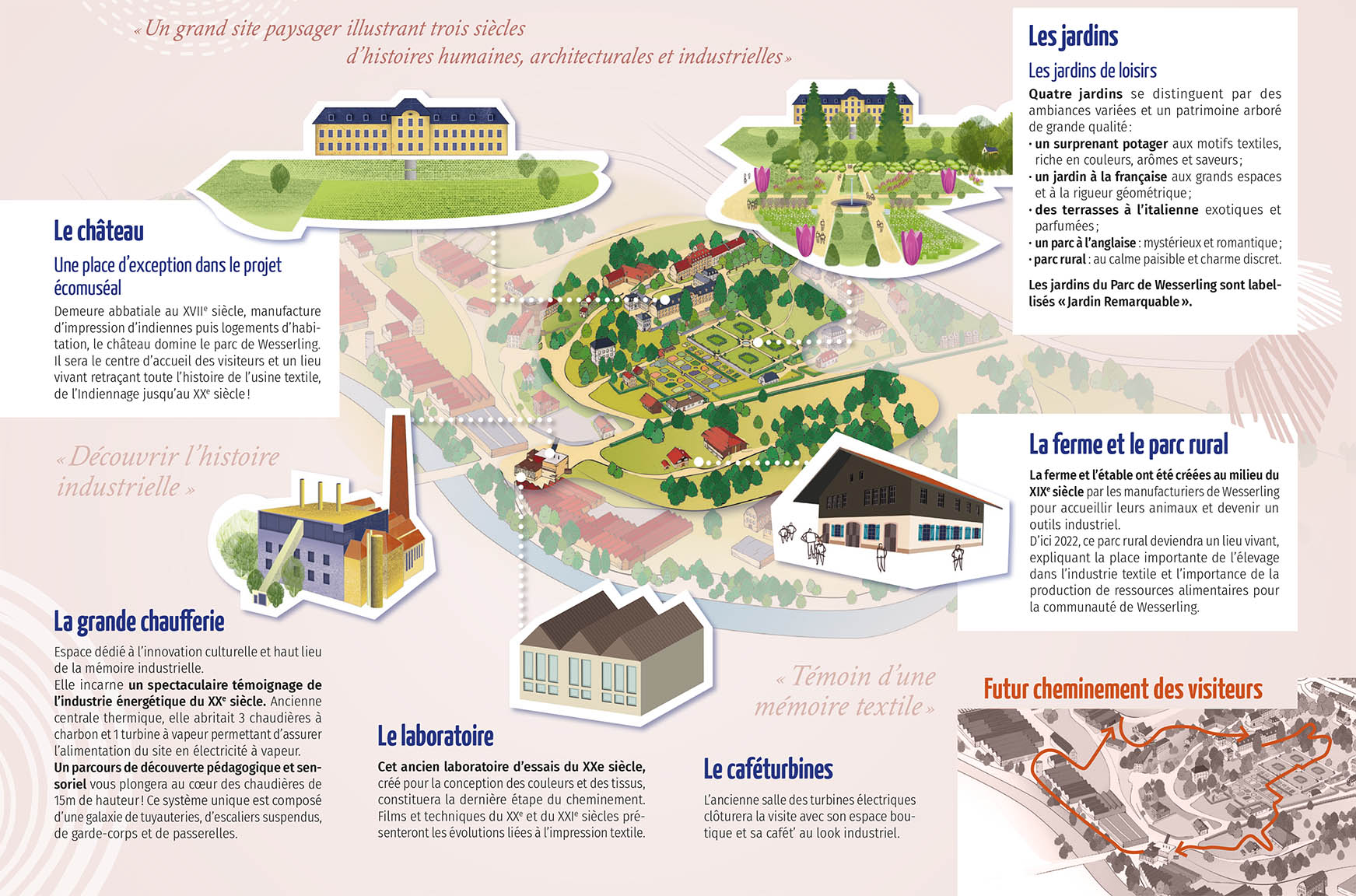
The renovation of industrial heritage is enshrined in the founding law of the Heritage Foundation. After the restoration of the 19th century thermal power plant in 2008 and the ongoing restoration of the Wesserling Castle launched in 2020, this new large-scale project will make new spaces accessible to the public.
The project consists of rehabilitating two new spaces steeped in history that the Wesserling Park wishes to open to the public: the Grande Chaufferie (former thermal power plant) and its annex the Turbine Room (production of electricity using the steam produced by the boilers) and the Laboratory ( located in a building adjoining the Grande Chaufferie). These protected areas are part of the history of the Wesserling site, they bear witness to the technical and energy developments of this large textile Manufacture and contribute to the understanding of the site as a whole.
The function of the Grande Chaufferie, built during the second half of the 20th century, was to be the thermal power station for the Wesserling site, and as soon as it was commissioned, became the real heart of the factory, producing electricity, steam and hot water. After the closure of the Manufacture in 2003, it was shut down, abandoned and then partially dismantled.
The Grande Chaufferie is a fabulous witness to the evolution of energy choices made in Wesserling during the second half of the 20th century. It is part of a coherent heritage, between the industrial wasteland of the 19th century and the factories of the 20th century.
The Grande Chaufferie and its Turbine Room offer a privileged entry point into the world of manufacturing in the 20th century, and allow us to tackle the technological innovations and major energy issues of this period.
The old Laboratory dating from the 20th century, inaccessible to the public since its closure, was a original “test” center in which numerous tests and controls were carried out on fabric samples, at all stages of manufacture. This workshop was of great importance in the factory since all textiles had to be checked before sale; all tests for resistance, wear, elasticity, coloring and treatment of the fabrics were carried out.
The former Laboratory building is not listed as a Historic Monument but has a heritage character both through its architectural shed roof structure, its interior distribution and layout. The Laboratory is a 300m2 space located on the 1st floor of the building that remained almost as it was after the factory closed. One can feel the entire history of the place and its atmosphere through the spatial arrangement (five rooms separated by picture windows, work clusters) and certain preserved working furniture elements such as radiators, metal shelves, cupboards. etc.
Museographic project:
The former laboratory: spaces dedicated to educational demonstrations will be open to the public to allow visitors of all ages to discover the various experiments carried out on textiles. The staging will set the original decor with bottles and products, as well as some devices. The old laboratory will remain frozen in time and will be visible through the many bay windows. Another room will be used for printing with the “cadrettes” (little frames) technique. An educational room will welcome school groups.
The large former thermal power plant (grande chaufferie) : the public will discover the furnace activity thanks to an animated model that shows the flow of the fuel. It will be enlivened by colored lights, sound, steam as allowed by the detecting system. The deafening noise may also accompany the visit to immerse the visitors into the former atmosphere. The access hoppers will be decorated with canvases showing film clips representing the boilers in operation.
The turbine room will become the “turbine café”. It will be converted into a cafeteria and a shop. The upper part (cafeteria area) will keep the electrical cabinets hiding the pantry part. Small spaces might host exhibitions and sales displays will be inspired by industrial equipment. The space of the old oil and gas boiler room will be accessible by the turbine café and will become a one-off entertainment room.
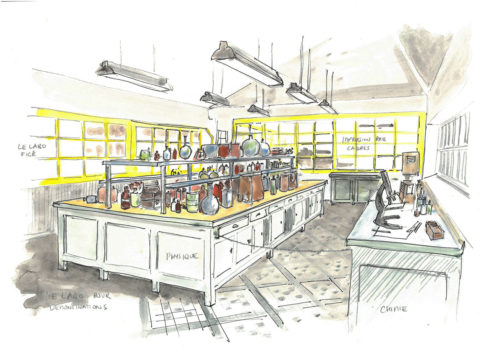
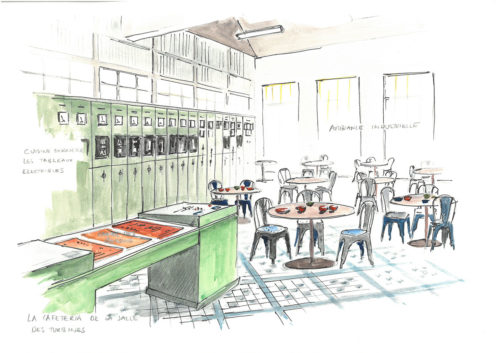
The project consists not only of preserving the atmosphere, but of restoring the spirit of the place, despite the modification of its fate. These buildings, currently unknown to the general public, can be visited through a unique museum tour highlighting the heritage elements.
The works will make it possible to protect the buildings, to rehabilitate them and to secure them in order to make them accessible to the general public. The overall cost of the work is estimated at 400,000 €. The fundraising target to be reached is 80,000 €.
Individuals and companies wishing to participate in this major renovation can send their donations directly to the Heritage Foundation, 9, Place Kléber, 67000 STRASBOURG or make a donation on the website: www.fondation-patrimoine.org/77581
Compensations
|
50€ |
100€ |
500€ |
1000€ |
5000€ |
|
|
Invitations to official openings |
✔ |
✔ |
✔ |
✔ |
✔ |
|
2 free invitations |
✔ |
||||
|
1 family annual subscription |
✔ |
✔ |
✔ |
||
|
✔ |
✔ |
✔ |
|||
|
Special mention on our website and on the patron plate |
✔ |
✔ |
|||
|
A lifetime subscription |
✔ |



